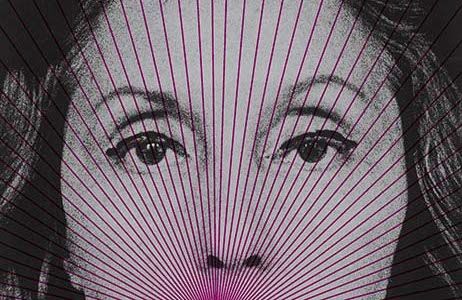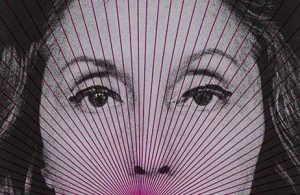The Complete Stories is a compilation of 85 short fiction stories published in subsequence of author Clarice Lispector’s death.
Hailed as one of the most influential Brazilian writers of the twentieth century, Lispector toys with themes of power, existentialism, and sexuality from the perspectives of her primarily female protagonists.
As noted by the anthology’s editor Benjamin Moser, Lispector’s characters follow her throughout her own adolescence, adulthood, and old age.
Lispector’s unprecedented style is unique, abrupt, sharp, matter-of-fact. In spite of twentieth century rhetoric surrounding what is and is not appropriate behavior for women, Lispector’s characters often become assertive, self-determined and sure of themselves within each story.
For example, in “Mais dois bêbedos” (“Another Couple of Drunks”), Lispector writes, “I had the right to be modest and not expose myself. I was conscious, aware that I laughed, that I suffered, I’d read books on Buddhism, they’d put an epitaph on my grave when I died. And I got drunk not just for the hell of it, but for a purpose.”
Even more iconic is the agency Lispector’s female characters held over their own sexuality. For example, Lispector’s short story “Melhor do que arder” (“Better Than to Burn”) is about a young nun’s wishes to leave the convent and find a man to marry. The story begins: “She was tall, strong, hairy. Sister Clara had dark hair on her upper lip and deep black eyes.”
In addition to the character’s open and honest portrayal of sexuality, she possesses the utmost confidence without concern for how her physical characteristics may be viewed by society.
Furthermore, Lispector places the same amount of legitimacy on the character’s desire to get married as she does on the goals and dreams of her other characters. Lispector’s feminism is not about what women should do with their lives, but about women who do whatever they please.
Moser’s introduction “Glamour and Grammar” is the only part of The Complete Stories that I would consider subpar. Moser spends the majority of this section shifting focus away from Lispector’s literary craftsmanship to instead make a spectacle of her appearance and mysticism.
In his opening page, Moser writes, “The legendarily beautiful Clarice Lispector, tall and blonde, clad in the outspoken sunglasses and chunky jewelry of a grande dame of midcentury Rio, met the current definition of glamour.” Furthermore, the comparisons of witchcraft and sorcery that Moser draws upon do little more than paint an overtly exotic picture of the author.
Moser’s introduction ultimately does not do Lispector’s work the justice it deserves. Otherwise, The Complete Stories is a must-read among international feminist literature.








Be First to Comment